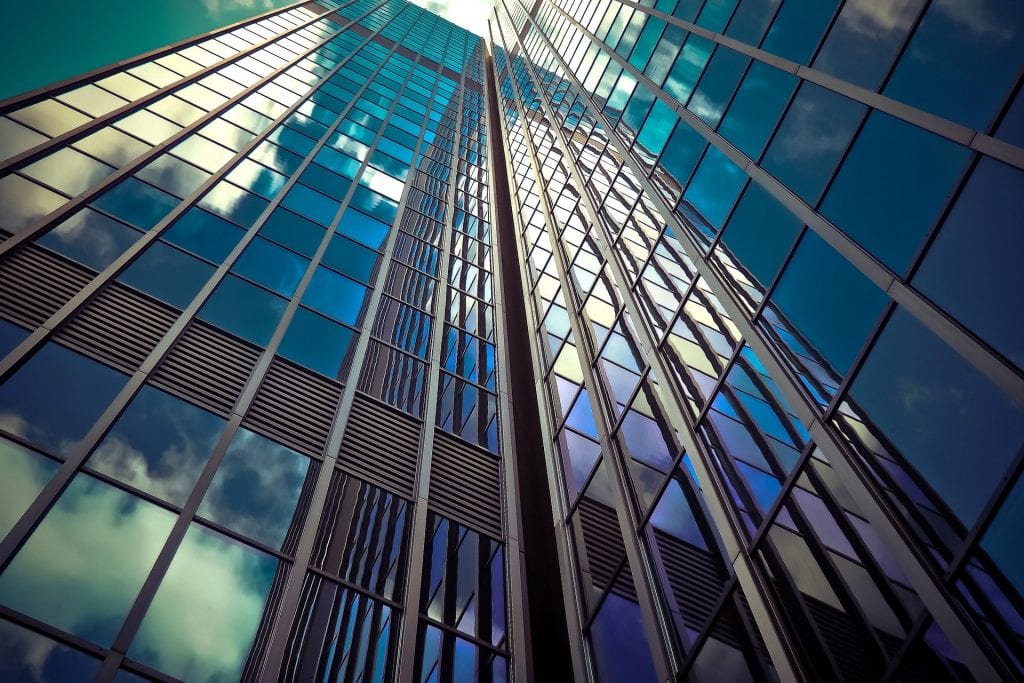Covid 19, the dreaded word we’ll all resent for the rest of time. But, how has this changed the demand for office space moving into the future? Many employees who were able to do their jobs at home, have been forced into doing so for the past year. Therefore, will they ever return to the office and if not, will this space be converted for residential use?
Flexibility – Working from home
One thing that Covid-19 has demonstrated is that a considerable amount of work that would normally take place in an office, can be undertaken just as effectively from home. Many find they are more productive working from home and it offers the opportunity to be more flexible with work schedules.
Signs certainly suggest that few ‘white collar’ employees will return to the traditional 9 – 5 role in the commercial office. Recovery may well be slow and therefore the demand for office space will undoubtedly stagnate or decline in the medium-term. Twitter, Microsoft, Google as well as many smaller companies have said they plan to keep some or all of their employees working from home, even once the pandemic is over. Therefore, many businesses are now re-thinking their real estate footprint.
Reduced demand for office space
Prior to the COVID-19 crisis, the cost of underutilised and empty office space in London alone was estimated at a whopping £4 billion per year! As more employees look to escape the city commute and work from whichever location they choose, the future of the city centre has certainly been called into question.
Many office spaces are currently left vacant and there is an emerging trend towards office space being converted into residential units. For example, John Lewis is looking to turn surplus stores into affordable housing and renting unused storage facilities to housing projects, gyms, housing projects, and other growing sectors.
Many businesses are reviewing the need for their existing floor space in office buildings and therefore, property owners may seek to change the use of office buildings to residential use.
Repurposing existing office space
The ‘Office of the Future’ will be shaped from lessons learned today, with possible future pandemics in mind. Employees need to feel safe, that the environment is clean, and that these are environmentally healthy and not just energy efficient green buildings. This will include cleaning protocols, upgraded air filtration systems, occupancy maximums and so on.
Not only the health and safety aspect, but employees are looking for somewhere which provides an inspiring atmosphere. There are new demands for how office buildings should be designed. Instead of adjusting the existing footprint incrementally, companies should take a fresh look at how much and where space is required and how it fosters desired outcomes for collaboration, productivity, culture, and the entire work experience.
The flipside
What we mustn’t forget is that the office is a vital anchor and when businesses are trying to attract, retain and nurture talent, the workplace and all the face-to-face interactions that go with it, play an important role in succeeding in this. As a result, there will always be a place for the office and there are clearly some huge benefits in having a central point for the workforce to convene. There’s so much that can be gained from being together as a team. Office space still plays and will still play, a pivotal role in company culture, community and connection.
Inevitably there will be a reduction in occupier demand, however, it will vary from sector to sector. Businesses could see this as an opportunity to downsize and to reduce operating costs. Many occupiers have already been moved to shorter lease terms even. If this pattern continues, a decision will have to be made as to what these premises will ultimately be used for.
If you are a commercial property owner looking to change the use of your office space to residential, it’s crucial to seek professional advice before embarking on your project. For more advice, contact us now: simon@sfplanning.co.uk or call 01242 231575.

